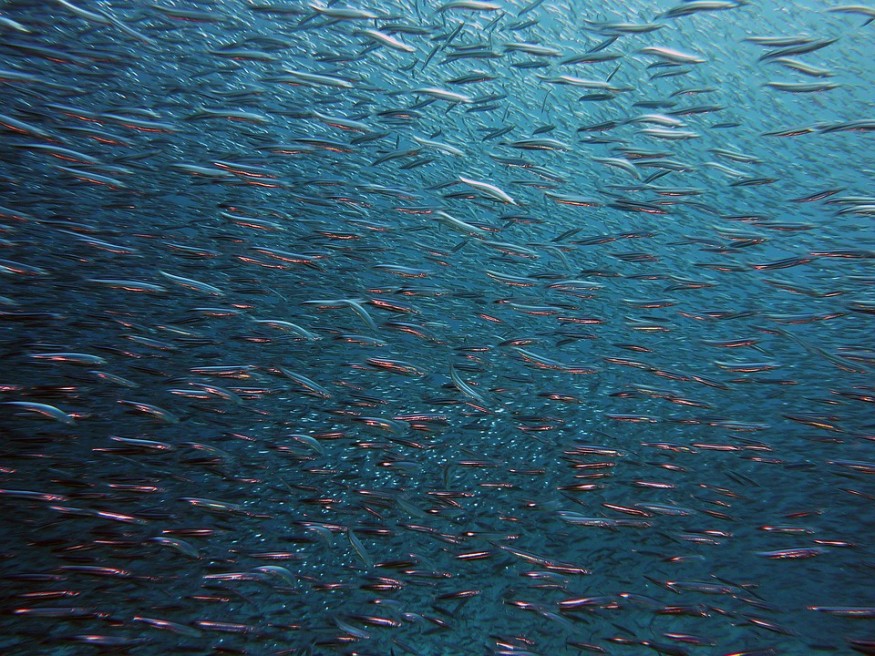
An invasive species that can survive on land and breathe air has been found in Georgia for the first time. The wildlife officials are calling on the public to kill a snakehead fish immediately.
Matt Thomas, chief of fisheries of Wildlife Resources Division in Georgia, urged the public to take photos of the fish if possible, and note where it was caught. He added that those who found the dangerous snakehead fish should have it frozen and report it to the authorities so that it could be subjected to further investigation.
US Geological Survey said that snakehead fishes could be harmful to wildlife because it can out-compete or displace other species in the water. It could also alter food webs and ecological systems that could leave a permanent change to other species in water bodies.
A snakehead fish, according to a report by The Mercury News, is considered a non-native invasive species and usually affects other native species by competing for food and habitat. Federal Lacey Act made it illegal to trade forms of wildlife that are deemed to be damaging to habitats, including the snakehead fishes.
The snakehead fishes are inhabitants from Russia, China, and several parts of Southeast Asia, according to federal data released by USGS. They were first reported in Czechoslovakia in the 1950s. The first snakeheads were seen in the United States in 2002.
Snakeheads, which are not indigenous to the United States, have nevertheless built up in 15 states, even after the ban, according to the New York Times. It is considered as a top-level predator and imposed a noteworthy danger to the existing fish population in the country.
These fishes could live in freshwater and are characterized as predators that could eat small animals. They could likewise travel across land and living out of water for up to four days. Snakehead fish could grow up to three feet and can weigh up to 8 kilos or more.
According to the New York Times, Secretary of the Interior Gale Norton said in 2002 when she proposed to ban snakehead fishes that these creatures should be prevented from entering the waters of the United States, intentionally or accidentally. She underscored that these kinds of animals could pose enormous damage to recreational and commercial fisheries.
Scott Robinson, a fisheries operations manager with Georgia's Wildlife Resources Division, told the New York Times that snakeheads could disrupt the balance on land and water since they could reproduce at a high rate. He added that these fishes would compete with native species for food and habitat.
The snakehead, according to the British news website Independent, could increase its population in less than two years. Female snakeheads could produce up to 100,000 eggs a year and reach maturity when they're two or three years old.
Lynne Parenti, the curator of fishes at the National Museum of Natural History, said snakehead fishes were cultivated in Arkansas until the 2002 ban. They were once a popular aquarium fish in the United States, but it became challenging for the owners to keep them "because they are aggressive," Dr. Parenti said.
© 2026 NatureWorldNews.com All rights reserved. Do not reproduce without permission.





